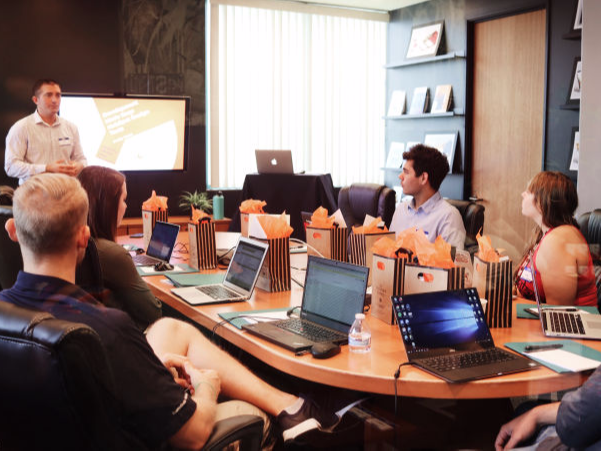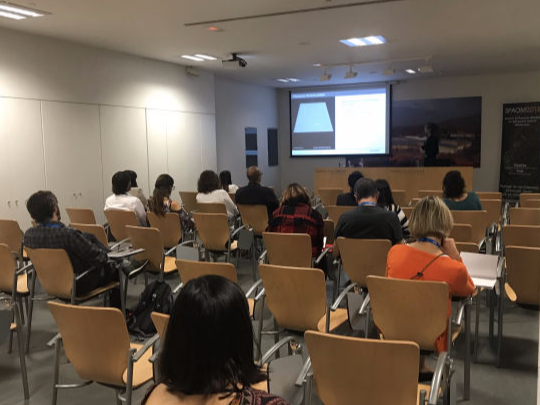Speakers:
Marcos Obando, Instituto Balseiro, Bariloche, Argentina
Giorgia Tortora, Politecnico di Milano, Italy
Session Description:
In the rapidly evolving fields of imaging and microscopy, identifying and developing accurate and efficient tools to analyse image data has become fundamental. In this context, napari emerges as a promising solution, providing a versatile platform for enhancing and expediting the image analysis process. napari is an interactive viewer designed for multi-dimensional images in Python which allows to visualise, annotate, and analyse images in a very easy and user-friendly way thanks to its layered structure and to all the image analysis plugins that it offers.
This workshop aims to acquaint participants with the fundamental aspects of napari. We will begin by familiarizing participants with the essential components of the napari viewer showing how to navigate and utilize napari interface efficiently. We will then show how to effectively exploit napari plugins by showing some cases that may be of interest for participants. Finally, considering that napari’s strength lies in the possibility to extend its capabilities through the creation of custom widgets, in the final part of the workshop we will explore how to create custom widgets within napari, tailored to users’ specific imaging needs.
This workshop not only serves as an introduction to napari but also as an invitation to join the community of researchers and scientists who contributes every day to expand the potential of napari in the world of imaging and microscopy.

